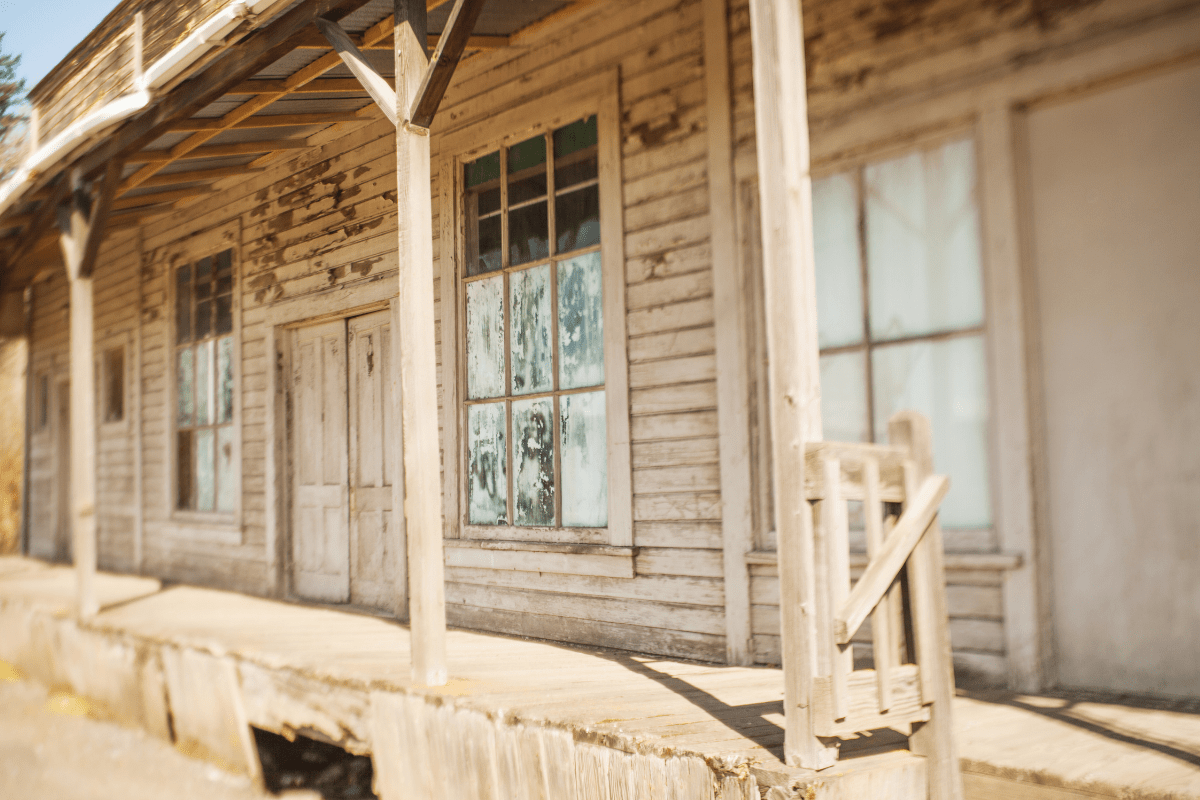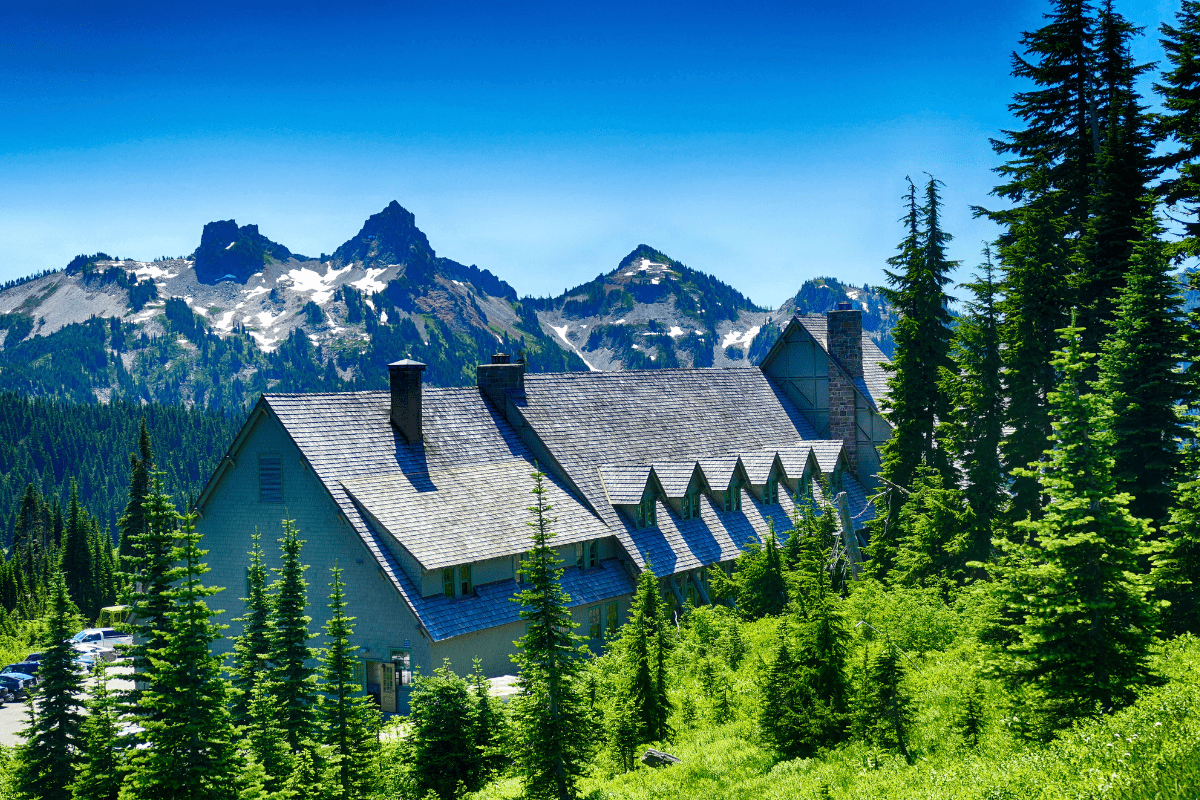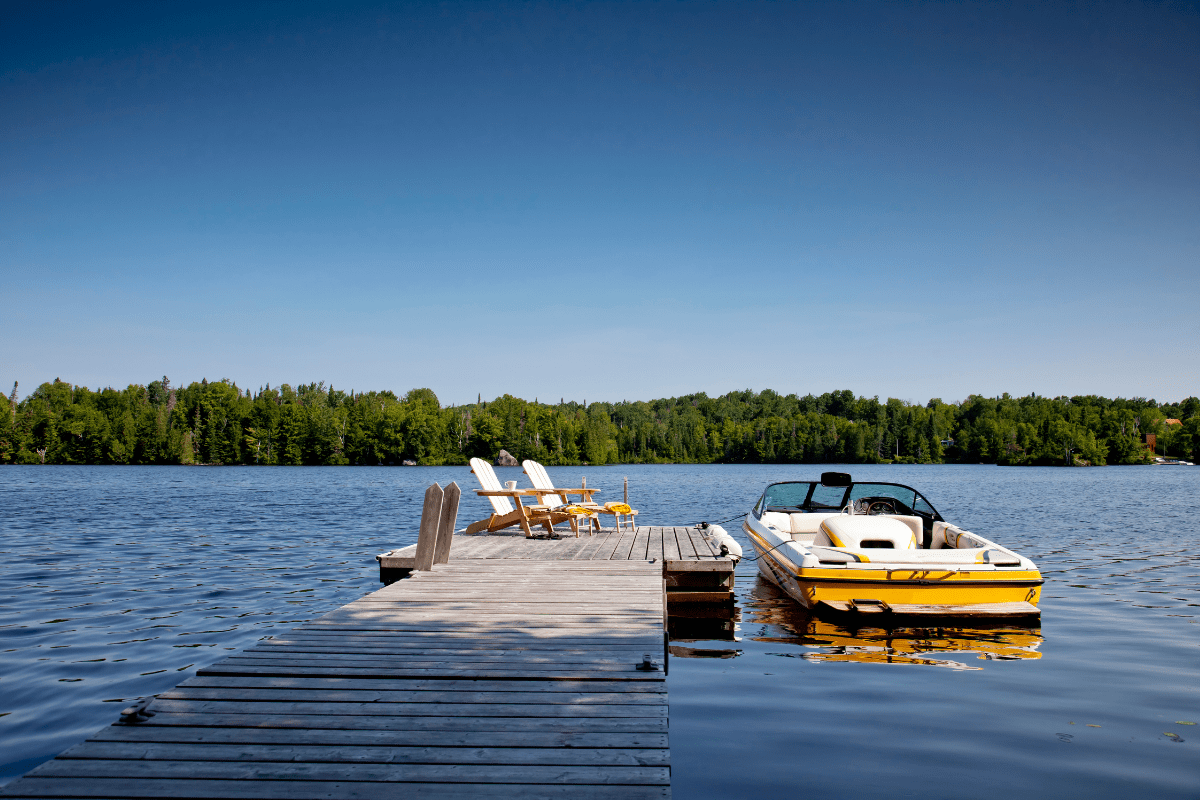Picture this: you're cruising along a clifftop road where the Cascade Mountains plunge dramatically into Puget Sound, then a week later you're winding through golden wheat fields that look like an ocean frozen mid-wave. That's the magic of Washington's scenic drives. From temperate rainforests that get absolutely drenched with 150 inches of rain annually to high desert regions that barely see 10 inches, this state serves up more landscape variety than a Netflix algorithm gone wild.
Coastal drives where mountains meet the sea
The Washington coast isn't just pretty… it's "pull over every five minutes because you can't believe what you're seeing" pretty. These routes offer everything from intimate forest roads to sweeping ocean vistas, and unlike those mountain passes that play hard to get in winter, coastal drives welcome you year-round.
Olympic Peninsula Loop: The granddaddy of all Washington road trips
Let's start with the heavyweight champion of Pacific Northwest road trips: the Olympic Peninsula Loop. This 350-380 mile journey circles Olympic National Park via Highway 101, and Travel + Leisure recently ranked it among the best road trips in America for 2025. Not too shabby for a state that some people still confuse with D.C.
The route climbs from sea level to 5,242 feet at Hurricane Ridge, though don't let that intimidate you. The main highway maintains an easy to moderate difficulty level that your Honda Civic can handle just fine. The journey takes 6-10 hours of straight driving, but let's be real… nobody drives this straight through. Most folks spread it over several days because there's just too much to see.
Must-see stops along the Olympic Peninsula Loop:
- Lake Crescent (11 miles long, 624 feet deep)
- Hoh Rain Forest (trees up to 300 feet tall)
- Ruby Beach (dramatic sea stacks)
- Hurricane Ridge (panoramic mountain views)
- Sol Duc Falls (easy 1.6-mile hike)
Summer months from June through September offer optimal conditions with all roads open, including the Hurricane Ridge access road. Winter transforms the coast into a storm-watcher's paradise, though Hurricane Ridge limits access to weekends only. Pro tip: pack a rain jacket regardless of when you visit. This is the Pacific Northwest, where "partly cloudy" is basically our state bird.
Strait of Juan de Fuca: For those who like their roads curvy
If the Olympic Loop is a comfortable family sedan, the Strait of Juan de Fuca Scenic Byway is that sporty coupe your practical spouse questions. This 61-mile stretch of State Route 112 features 249 curves as it hugs the northern Olympic Peninsula coastline from Port Angeles to Neah Bay. The National Scenic Byway Foundation calls it "one of the most scenic stretches of road in the Pacific Northwest," particularly for those who love remote places where wild forests meet the sea.
The moderate difficulty level requires your full attention, especially when logging trucks appear around blind corners like automotive jump scares. Your reward? Access to Cape Flattery, the northwesternmost point of the contiguous United States, where you can legitimately claim you've driven as far northwest as possible without a passport.
Spring brings peak eagle nesting activity, while late summer and early fall offer optimal whale watching conditions. Just remember that services are limited along this route, so fill up your tank and empty your bladder before you start.
Chuckanut Drive: Big Sur vibes, Washington style
The 24-mile Chuckanut Drive along State Route 11 proves you don't need to drive to California for clifftop ocean views. This route between Burlington and Bellingham features steep grades and narrow sections that make it moderately challenging, but the payoff includes panoramic views of the San Juan Islands and access to Larrabee State Park, Washington's first state park.
Spring timing is crucial here. Not only do you get those Instagram-worthy island views, but the nearby Skagit Valley explodes with tulip fields that make Holland look like it's slacking. The drive itself takes less than an hour, but factor in stops for photos, tide pooling at Larrabee, and possibly lunch at one of the clifftop restaurants that make you wonder how they got building permits.
Mountain passes that'll make your jaw drop (and your ears pop)
Washington's mountain passes separate the casual Sunday drivers from those who genuinely enjoy white-knuckling their steering wheels. These routes offer some of the most spectacular scenery in America, but Mother Nature doesn't mess around up here. Some passes close entirely in winter, while others demand chains and a healthy respect for physics.
North Cascades Highway: The one that closes for half the year
The North Cascades Highway along State Route 20 is basically the supermodel of scenic drives… stunning but high maintenance. The 140-mile route from Burlington to Winthrop climbs to 5,477 feet at Washington Pass, featuring hairpin turns that would make a Formula 1 driver sweat. The Cascade Loop Association notes that "of all the passes that traverse the Cascades, this is the most mountainous," which is their polite way of saying "buckle up, buttercup."
The highway closes completely from late November through late April or early May because it gets absolutely buried under an average of 700 inches of snow annually. Yes, that's nearly 60 feet. When it's open from June through October, you'll understand why people plan entire vacations around this drive.
North Cascades Highway highlights:
- Diablo Lake Overlook (unnaturally turquoise water)
- Washington Pass Overlook (jagged peaks everywhere)
- Liberty Bell Mountain views
- Ross Lake overlooks
- Multiple waterfalls visible from road
The drive takes 3-4 hours without stops, but realistically you'll need 6-8 hours because you'll pull over approximately 47 times for photos. Cell service is virtually nonexistent throughout most of the route, so download offline maps and tell someone your plans. This isn't the place to test whether your car "probably" has enough gas to make it.
Stevens Pass: The reliable year-round option
While the North Cascades Highway plays hard to get, Stevens Pass along Highway 2 keeps the romance alive year-round. The 90-mile Stevens Pass Greenway climbs to a mere 4,061 feet… practically sea level compared to its northern sibling. The Seattle Times describes it as offering more than just stunning alpine settings, which undersells it like calling the Grand Canyon "a decent hole."
Winter transforms this route into a snow globe scene, though you'll often need chains and possibly four-wheel drive. The payoff includes roadside views of Deception Creek Falls, a 60-foot cascade that looks particularly dramatic when framed by snow. Near Gold Bar, you can access Wallace Falls via a 5.6-mile roundtrip hike that'll have your quads questioning your life choices.
October might be the perfect time to drive Stevens Pass. Tumwater Canyon erupts in fall colors that make New England jealous, and you won't need chains yet. The 2-3 hour drive from Monroe to Leavenworth becomes a leisurely photography expedition, especially if you time it for golden hour when the light hits those peaks just right.
Chinook Pass: Mount Rainier's scenic sidekick
Chinook Pass Scenic Byway deserves more love. This 92-mile route along State Route 410 climbs to 5,430 feet, making it higher than Stevens Pass but somehow less famous. Washington State Tourism calls it "the premier driving tour in Washington State," which might be overselling it a bit, but not by much.
The route travels through both Mt. Baker-Snoqualmie National Forest and Mount Rainier National Park, with Tipsoo Lake providing the money shot. On clear days, Mount Rainier reflects so perfectly in the alpine waters that you'll wonder if someone installed a mirror. Wildflower meadows surround the lake in summer, creating scenes that look like desktop wallpapers come to life.
The pass closes from mid-November through late May or early June, but Crystal Mountain Resort stays accessible year-round via a separate road. Even when Chinook Pass is buried under snow, you can ride the gondola up for mountain views and overpriced hot chocolate that somehow tastes better at altitude.
Eastern Washington's plot twist landscapes
Cross the Cascade Mountains and Washington reveals its split personality. Gone are the moss-draped forests and frequent rain. Welcome to big sky country, where the landscape opens up like someone hit the panoramic button on life.
Columbia River Gorge: Nature's climate change demonstration
The Columbia River Gorge along State Route 14 provides the only sea-level passage through the Cascades, and boy does it make the most of it. This 80-mile route witnesses one of Earth's most dramatic climate transitions, from temperate rainforest getting 110+ inches of rain to semi-desert conditions with barely 10 inches. It's like driving through multiple biomes in a video game, except real and without the respawn option.
Basalt cliffs rise up to 4,000 feet above the road, formed by ancient lava flows and carved by the Columbia River with the patience only geological time can provide. Beacon Rock State Park features an 800-foot volcanic plug that you can actually hike to the top of, assuming you're okay with heights and switchbacks that seem designed by someone who really enjoyed zigzags.
Columbia River Gorge must-sees:
- Beacon Rock (hikeable volcanic plug)
- Maryhill Museum
- Full-scale Stonehenge replica
- Multiple waterfalls
- Wind surfing at Hood River
The route stays open year-round thanks to its sea-level elevation, though winter ice storms can create conditions that make you question your life choices. These storms happen when cold air from the east funnels through the gorge and meets moist air from the west, creating a skating rink where a highway used to be.
Palouse Scenic Byway: Where wheat fields become art
The 208-mile Palouse Scenic Byway proves that not all scenic drives need mountains or oceans. This route through southeastern Washington showcases rolling hills that photographers describe as a "patchwork quilt," though that somehow undersells the hypnotic beauty of these agricultural lands.
This region produces the world's highest concentration of wheat per acre and supplies 30% of the global lentil market. But you're not here for agricultural statistics… you're here because these hills look absolutely unreal. Spring brings brilliant emerald wheat fields dotted with wildflowers, while late summer transforms everything into waves of golden grain that ripple in the wind like a terrestrial ocean.
Steptoe Butte State Park, rising to 3,612 feet, provides 360-degree views that become magical during sunrise and sunset. The low-angle light emphasizes every contour of the surrounding hills, creating shadows and highlights that make photographers weep with joy. Just don't be that person flying a drone during golden hour when everyone else is trying to shoot. Nobody likes that person.
Palouse Falls State Park showcases Washington's official state waterfall, where the Palouse River plunges 198 feet through basalt cliffs carved by Ice Age floods. It's particularly impressive in spring when snowmelt swells the river, though any time of year works for gawking at this geological masterpiece.
Wine country wanderings: Sophisticated sipping with a view
Washington wine country offers a different kind of scenic drive, where the views come with tasting notes and the only elevation gain involves your blood alcohol content (designate a driver, people). Walla Walla Valley sits at the same latitude as Bordeaux and Burgundy, which wine snobs will tell you matters immensely.
The valley encompasses 135+ wineries across 2,933 acres of vineyards, blessed with 300+ days of sunshine annually. Five distinct wine districts provide varied experiences, from downtown's 30 walkable tasting rooms to the Airport district where you can sip Syrah in converted World War II hangars. Because nothing says "terroir" quite like repurposed military infrastructure.
The Yakima Valley adds 90 more wineries across five American Viticulture Areas, including Red Mountain AVA, famous for Cabernet Sauvignon that'll make you pretend you understand tannins. The Yakima River Canyon along State Route 821 provides a scenic connection between wine regions. This 25-mile route winds between 2,000-foot basalt cliffs and holds the distinction of being Washington's first designated scenic byway in 1967.
Seasonal timing and not dying on mountain passes
Understanding Washington's seasonal patterns isn't just about getting good photos… it's about not ending up as a cautionary tale on the evening news. Some passes close entirely in winter, while others remain open but require equipment and skills that go beyond knowing how to work your windshield wipers.
Winter driving essentials for mountain passes:
- Chains (legally required in some conditions)
- Extra blankets and food
- Water and first aid kit
- Phone charger and backup battery
- Fuel tank above half full
- Actual winter tires (all-seasons don't count)
WSDOT's James Morin emphasizes that "we need everyone doing their part to help keep passes and roadways open," which translates to "please don't be the person who causes a 50-car pileup because you thought your SUV was invincible."
Washington Defensive Driving School recommends allowing ample time for mountain drives since "mountain roads can be winding and steep, leading to slower driving speeds." They also specifically warn against using cruise control in mountains, where constant speed adjustments are necessary. Your car's computer might be smart, but it can't see around corners or predict when that fully loaded logging truck will appear.
For photography enthusiasts, golden hour transforms these landscapes into something "absolutely breathtaking," according to James Thomas Long Photography. Apps like PhotoPills help time your arrival at scenic viewpoints for optimal lighting, because nothing ruins a photo like harsh midday sun making everything look flat and uninspiring.
Planning tips that'll save your sanity
After researching every scenic drive in Washington, a few critical lessons emerge. First, gas stations become mythical creatures in certain areas. The North Cascades Highway features a 90-mile stretch without fuel between Marblemount and Winthrop. The Strait of Juan de Fuca offers limited services throughout its length. Mountain passes generally follow the "when in doubt, fill up" rule.
Cell service disappears faster than seattle sunshine on most mountain passes and rural routes. Download offline maps before you leave civilization. Yes, even in 2024, there are still places where your phone becomes an expensive camera and nothing more.
Hidden gems worth the detour include the Coulee Corridor National Scenic Byway, which offers landscapes that feel "like a different world," and the International Selkirk Loop, a 280-mile route through Washington, Idaho, and British Columbia that completely encircles the Selkirk Mountains.
Large RVs should avoid the North Cascades Highway and Chinook Pass unless the drivers enjoy stress and their passengers enjoy terror. These routes feature curves and drop-offs that make standard cars feel oversized. Save the land yacht for easier routes like the Columbia River Gorge or wine country tours.
Your Washington road trip starts here
Washington's scenic drives offer something most states can't: genuine diversity. You can experience temperate rainforest, alpine meadows, high desert, and wine country without ever leaving state lines. National Geographic calls the Cascade Loop "one of America's most spectacular scenic drives," and they're not wrong.
Whether you're drawn to the moody coastal routes where mountains meet the sea, the challenging mountain passes that close for winter like hibernating bears, or the rolling agricultural lands that look painted by an artist with a thing for curves, Washington delivers. Just remember to check road conditions, pack appropriate supplies, and give yourself more time than you think you need.
Because in Washington, the journey really is the destination… especially when that journey includes views that'll make you question why you live anywhere else.





